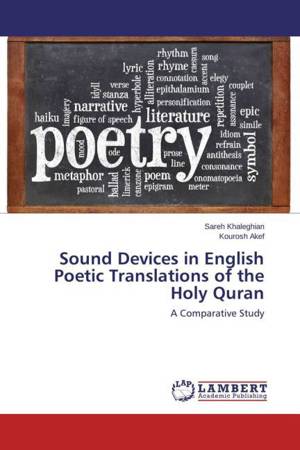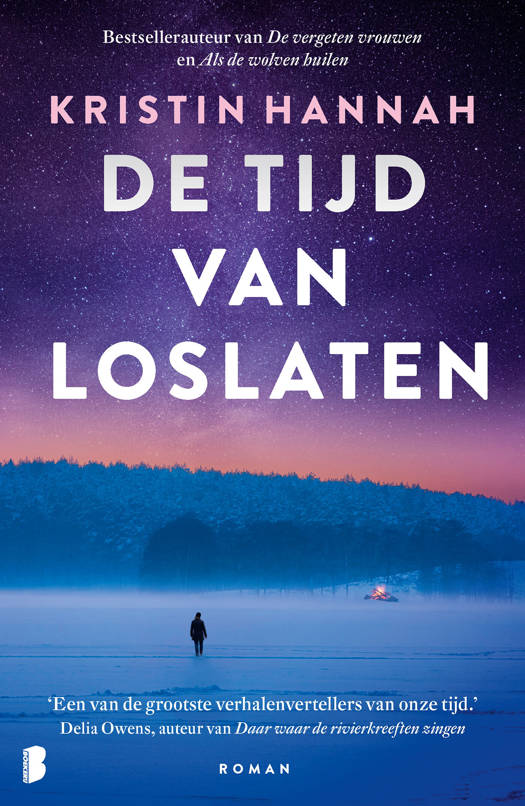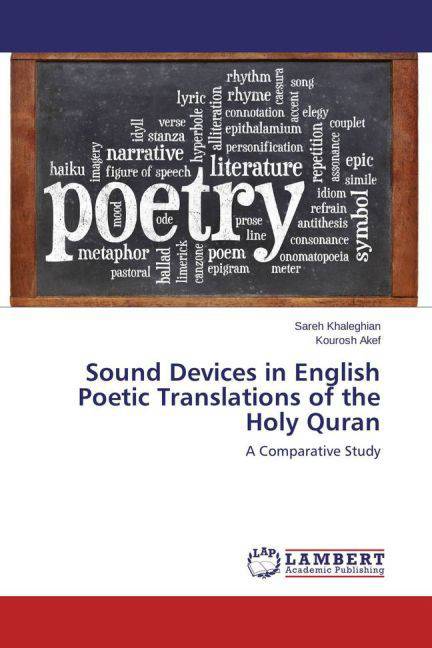
- Afhalen na 1 uur in een winkel met voorraad
- Gratis thuislevering in België vanaf € 30
- Ruim aanbod met 7 miljoen producten
- Afhalen na 1 uur in een winkel met voorraad
- Gratis thuislevering in België vanaf € 30
- Ruim aanbod met 7 miljoen producten
Zoeken
Sound Devices in English Poetic Translations of the Holy Quran
A Comparative Study
Sareh Khaleghian, Kourosh Akef
Paperback | Engels
€ 46,95
+ 93 punten
Omschrijving
This corpus-based research is about Sound Devices of the Holy Quran and their translations into English Poetic and Non-poetic translations. Nikayin's translation (2000), the first and only English Poetic translation of the Holy Quran, conveys the aesthetic features of Arabic text of the Holy Quran into English speaking world which are not considered deeply in other types of translation. To compare the poetic translation of the Holy Quran to non-poetic ones, we selected two other genres of translation; a stylistic translation by Arberry, and an explanatory one by Yusuf Ali. The framework of the study is Vahid's model of Translation Analysis, a tool for Poetry Translation Quality Assessment. we first describe the features of Poetic translation. Then, we compare what other translators have done to translate those features to poetic text, and to explore their strategies of translation. The results in chapters four and five indicate that Nikayin followed Sound Devices of the original text more than other translators under the study.
Specificaties
Betrokkenen
- Auteur(s):
- Uitgeverij:
Inhoud
- Aantal bladzijden:
- 196
- Taal:
- Engels
Eigenschappen
- Productcode (EAN):
- 9783659714467
- Verschijningsdatum:
- 17/08/2015
- Uitvoering:
- Paperback
- Afmetingen:
- 150 mm x 220 mm
- Gewicht:
- 295 g

Alleen bij Standaard Boekhandel
+ 93 punten op je klantenkaart van Standaard Boekhandel
Beoordelingen
We publiceren alleen reviews die voldoen aan de voorwaarden voor reviews. Bekijk onze voorwaarden voor reviews.











